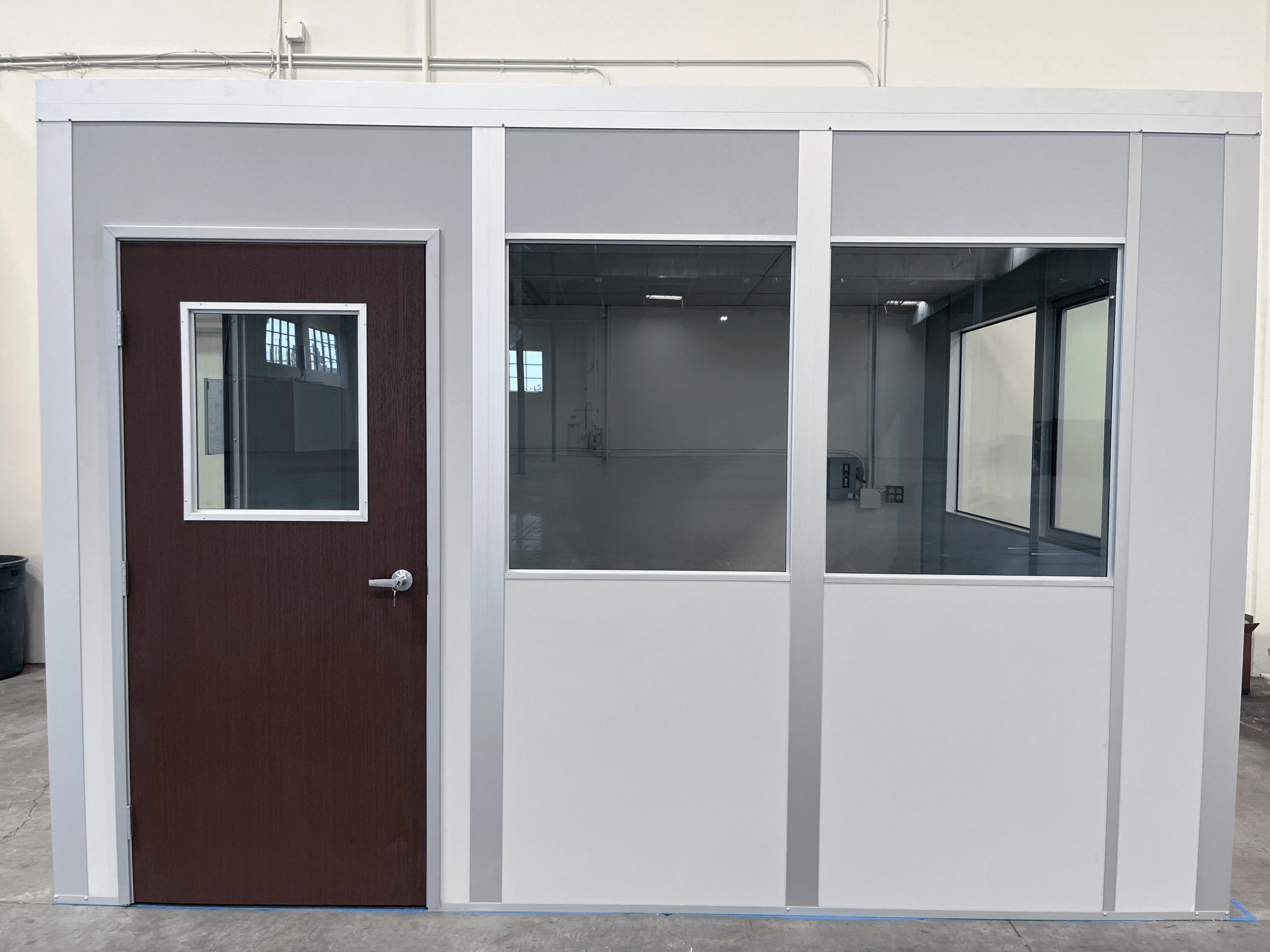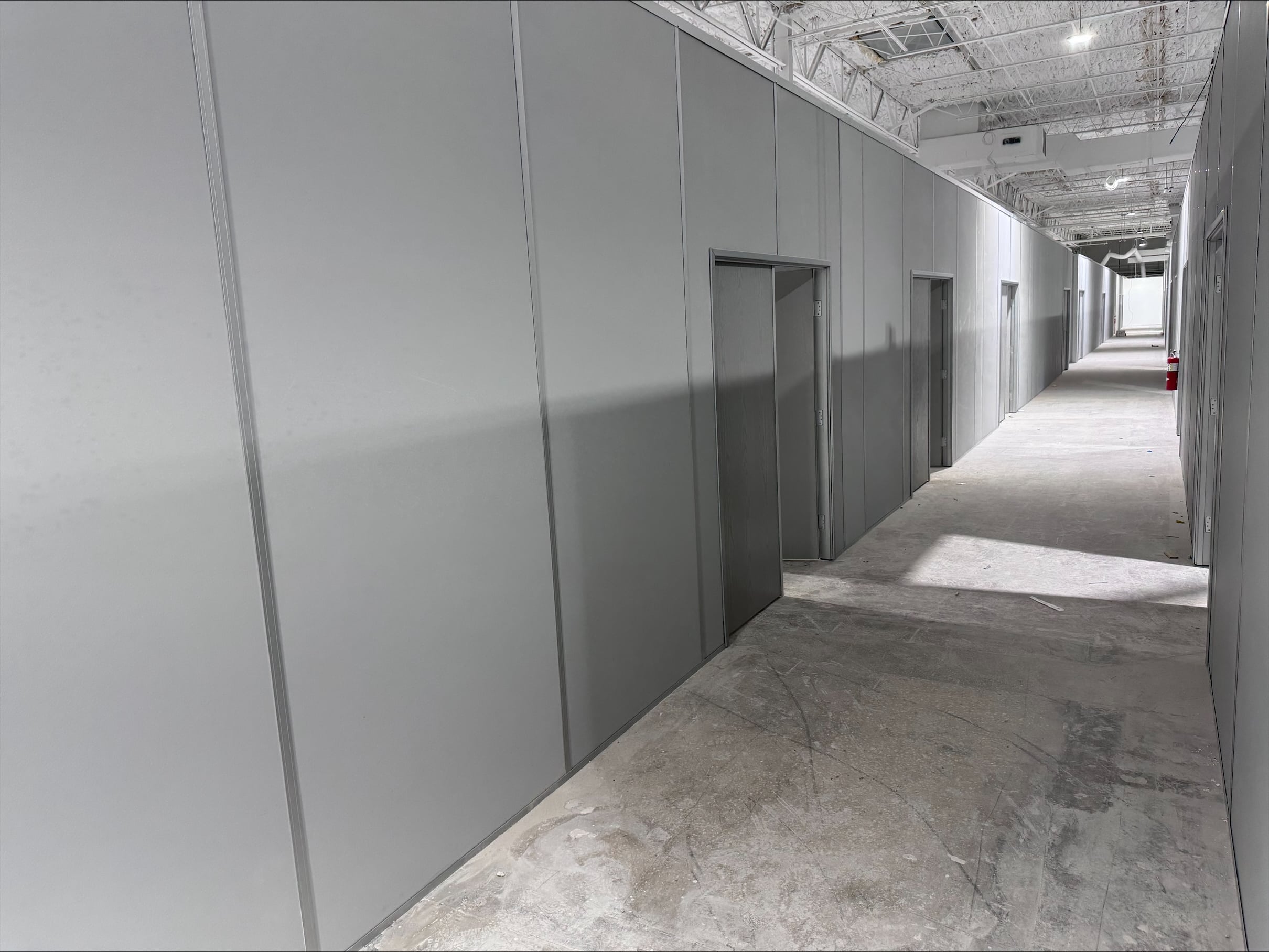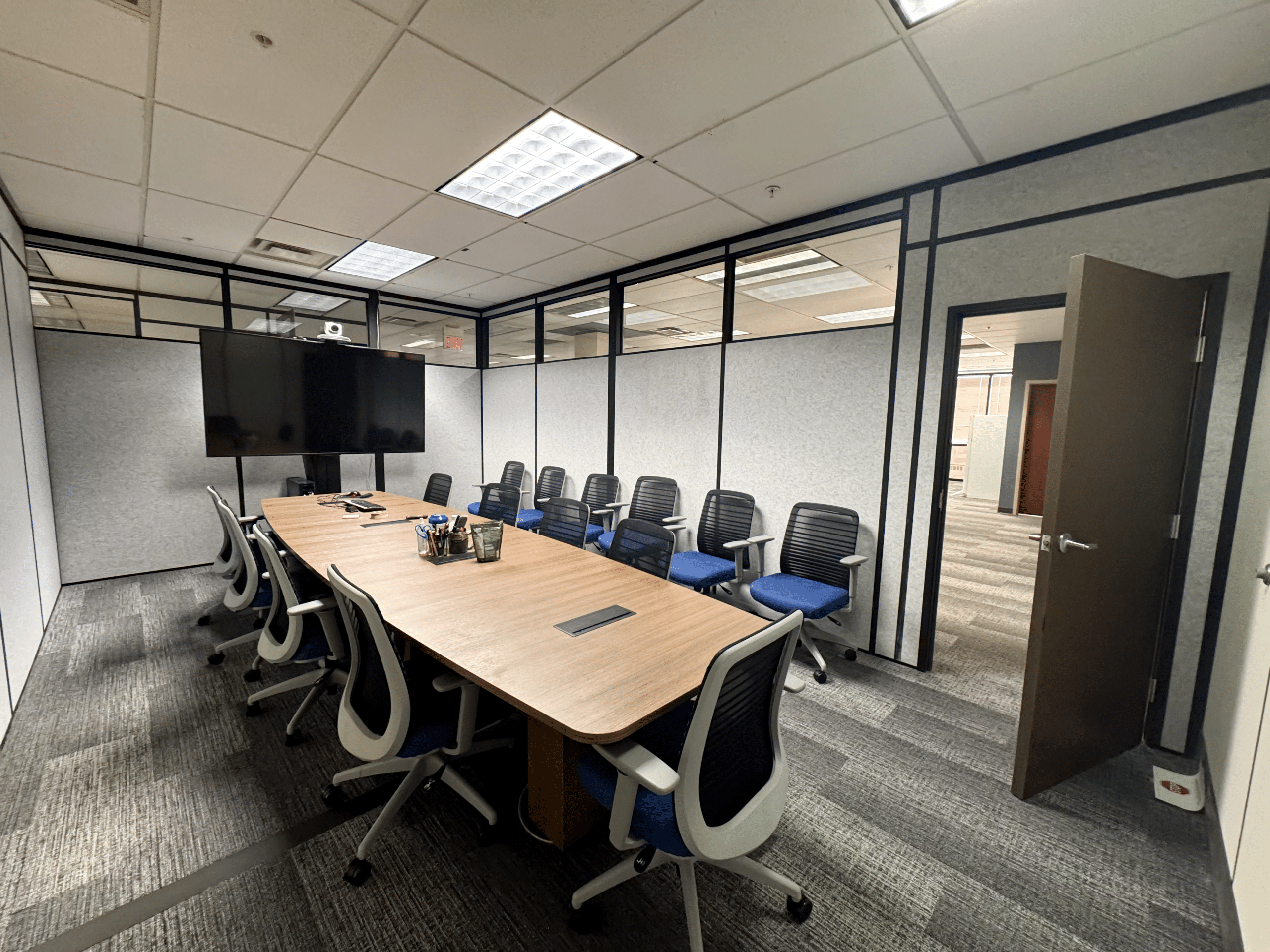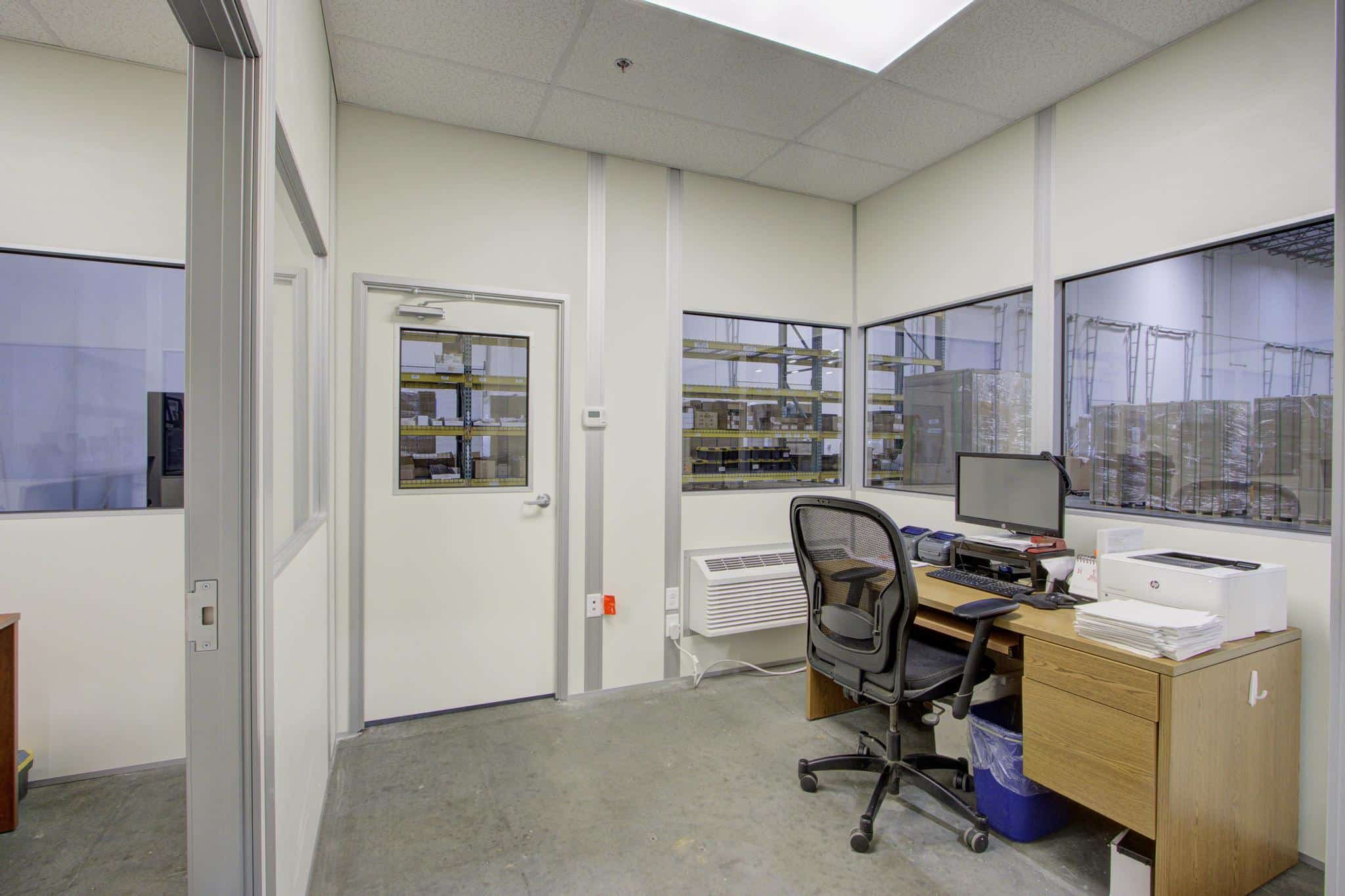Despite the improvement of modular techniques over the last few decades, many myths about it persist. An unfortunate fact is that, to the uninformed, modular means cheap, temporary, and plain.
This type of misunderstanding can be expensive, too. It leads businesses to pay more for buildings that function the same, adds unnecessary time to construction, and reduces flexibility significantly.
In this article, we’ll examine some of the most pervasive myths about modular construction, and why today they’re no longer true.
Myth 1: Modular Buildings Are Low Quality
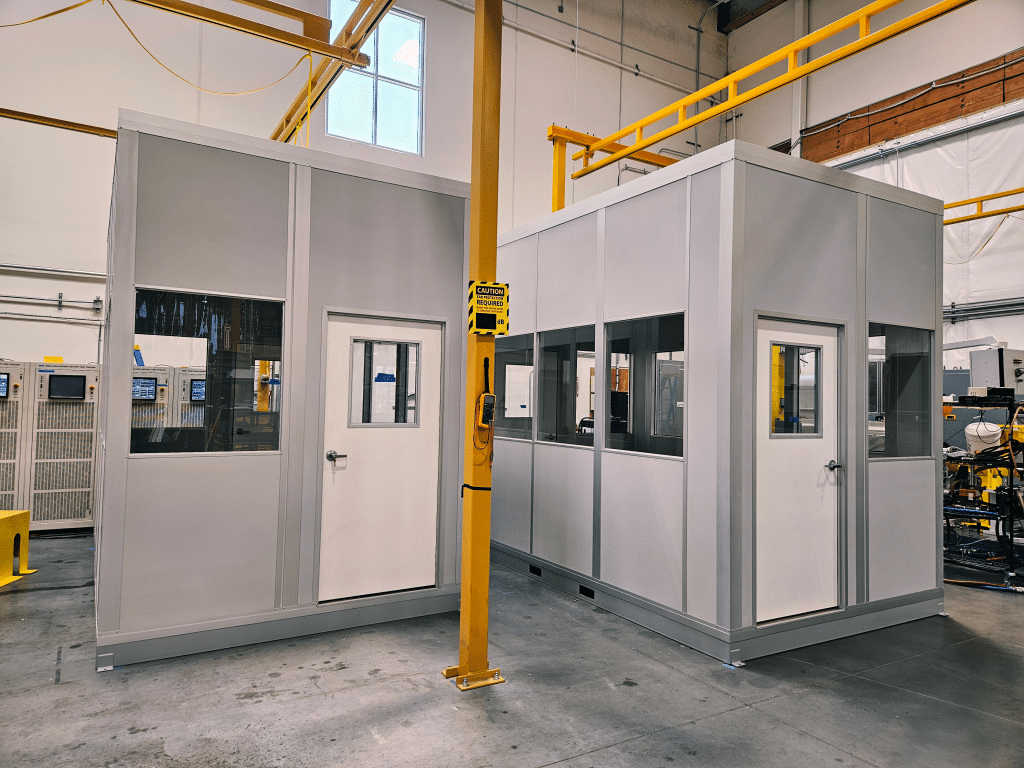
Perhaps the biggest myth about modular construction is that it is low quality, especially in comparison to traditional construction. There are many that think simply because modular can be used for temporary buildings, that this means they aren’t well made. Most people don’t realize that modular buildings can also last just as long or longer than normal buildings.
Or, some believe that anything built off-site must not be as high of quality. In reality, the opposite is likely to be true, since in a factory you can control conditions better, and be more precise.
Myth 2: Modular Construction Is Best for Small Buildings Only

Further, many people think modular construction is only good for small, basic buildings. But the truth is that it can be used to create classrooms in schools, special retail areas, multi-story mezzanines, large office complexes within warehouses, and much more.
These buildings don’t have to be small or simple, like your standard guardhouse or modular trailer, they can be large and complex, and built to last for the long term.
Myth 3: Modular Buildings Are Not Durable
This myth probably comes from comparing modular buildings to temporary trailers or mobile homes. Or, as we mentioned in Myth 1, it may come from the fact that some modular buildings are temporary.
But modular buildings often use steel or aluminum frames, concrete floors, and can have fire-rated walls as well. In other words, they’re made of the many of the same materials that regular buildings are made of.
“Modular” is just a method. It doesn’t mean that the materials have to be any different, or that the buildings can’t be strong and durable.
Myth 4: Modular Buildings Are Temporary

When people think of modular buildings, what comes to mind is often temporary job-site trailers. When businesses leverage modular construction to build quickly, it gives off the impression of “temporary,” though this could not be further from the truth.
As we’ve mentioned already, modular buildings last just as long or longer than traditional structures, and are built to meet the same codes as well.
You can find permanent office buildings, cleanrooms, machine enclosures, and pump enclosures all built with modular technology.
In fact, most permanent modular buildings are designed to last 30 years or more. The only thing temporary here is the myth.
Myth 5: Modular Buildings All Look the Same

A lot of people still believe that modular buildings are plain or boring. And by our own admission, they certainly can be. But these days, there are many more options for how your building can look.
For example, if you take a look at some exterior options from manufacturers, you’ll find that you can choose from a variety of colors based on the type of material selected, whether that’s aluminum, steel, or hardboard vinyl, among others. (At Allied Modular, we are known for our extensive custom color selection.)
For interior options, the design flexibility is the same, especially regarding wall finishes and colors. You’ll have many flooring choices, including carpet squares, vinyl wood planks, coving, and more.
With modular, you’re not limited to a plain look.
The Bottom Line
Modular buildings don’t have to be temporary, plain, or boring. In fact, they’re often built with the same materials as traditional construction, and have to follow the same codes. The main difference is how they’re built, and this is a difference that saves you time, money, and gives you far more flexibility than you would otherwise have with traditional construction.
Interesting in building with modular? Reach out to the experts today for a quote on new structures:
FAQs About Modular Construction
1. How long does it take to install a modular building once it arrives on-site?
Installation time can vary. However, if it’s a simple building, it can be assembled in a few days. Large, multi-story, or complex buildings may take a couple of weeks. In any case, since the building comes almost complete, on-site doesn’t take very long.
2. Can modular buildings be relocated?
Yes, and arguably, this is one of their biggest benefits. Most modular buildings (with the help of a small team) can be disassembled, shipped, and then reassembled in another place. This gives enormous flexibility for businesses, who if they moved, would otherwise have to start from scratch.
3. Can modular buildings be expanded?
Yes, they can. As we explained above, they can easily be taken apart. For the same reasons, it’s also a straightforward affair to add “modules” or sections to your building. As you may imagine, this gives fast-growing businesses the opportunity to expand faster and at lower costs.
